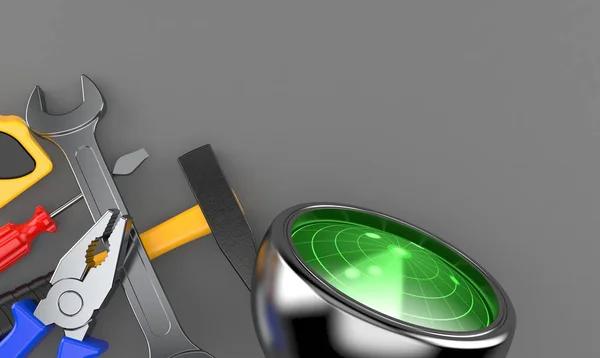Riser tool maintenance is an essential aspect of ensuring the safety, reliability, and efficiency of subsea operations. These tools are critical components used in drilling and production riser systems, connecting the subsea wellhead to surface equipment. Proper upkeep directly influences operational integrity and helps prevent costly downtime or catastrophic failures. One of the primary concerns in riser tool maintenance is regular inspection for wear and corrosion. Since these tools operate in harsh marine environments, they are exposed to saltwater, varying pressures, and mechanical stresses that can degrade materials over time. Frequent visual inspections combined with non-destructive testing methods such as ultrasonic or magnetic particle inspection help detect early signs of damage before they escalate.
Another important matter involves lubrication management. Effective lubrication reduces friction between moving parts within riser tools, minimizing wear and extending service life. It is crucial to use manufacturer-recommended lubricants suited for underwater conditions and high-pressure environments. Over-lubrication should be avoided since it may attract contaminants that accelerate deterioration. Conversely, insufficient lubrication can lead to premature failure due to increased frictional heat or metal-to-metal contact.
Sealing elements require thorough attention during maintenance routines as well because their integrity prevents fluid leaks which could compromise system pressure control or cause environmental hazards. Seals read further must be checked for cracks, deformation, or hardening caused by chemical exposure or aging materials. Replacing seals at appropriate intervals based on operational hours rather than waiting for failure ensures continuous performance.
Calibration of sensors integrated into certain riser tools also demands careful consideration during servicing procedures. Accurate sensor readings are vital for monitoring parameters such as pressure, temperature, or position within the riser assembly; therefore recalibration guarantees data reliability necessary for safe operation decisions.
Cleaning plays a significant role too since fouling from marine growths like barnacles can impair mechanical movement or obstruct flow paths inside the tool’s internal passages. Using environmentally safe cleaning agents along with controlled water jetting techniques maintains functionality without damaging sensitive components.
Finally, documentation throughout the maintenance process should never be overlooked because detailed records facilitate trend analysis on component degradation rates and help optimize future servicing schedules tailored specifically to each tool’s operating history.
Addressing these critical matters systematically ensures that riser tools remain dependable under demanding offshore conditions while supporting overall project success through enhanced safety margins and reduced unexpected interruptions in service life cycles.





